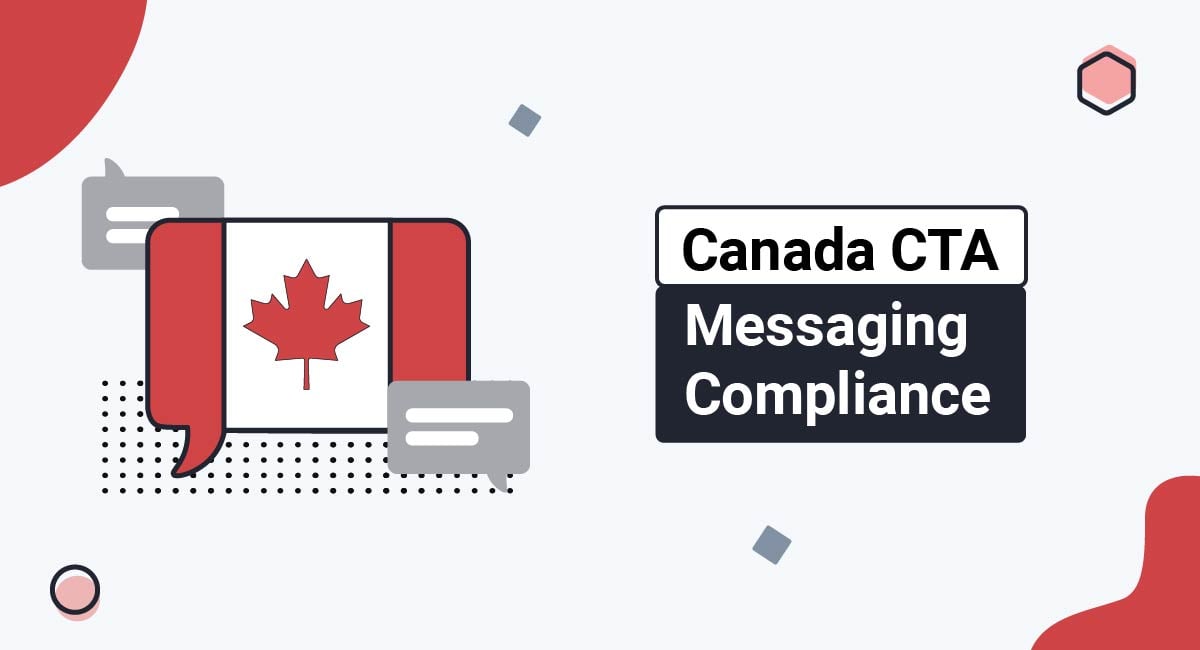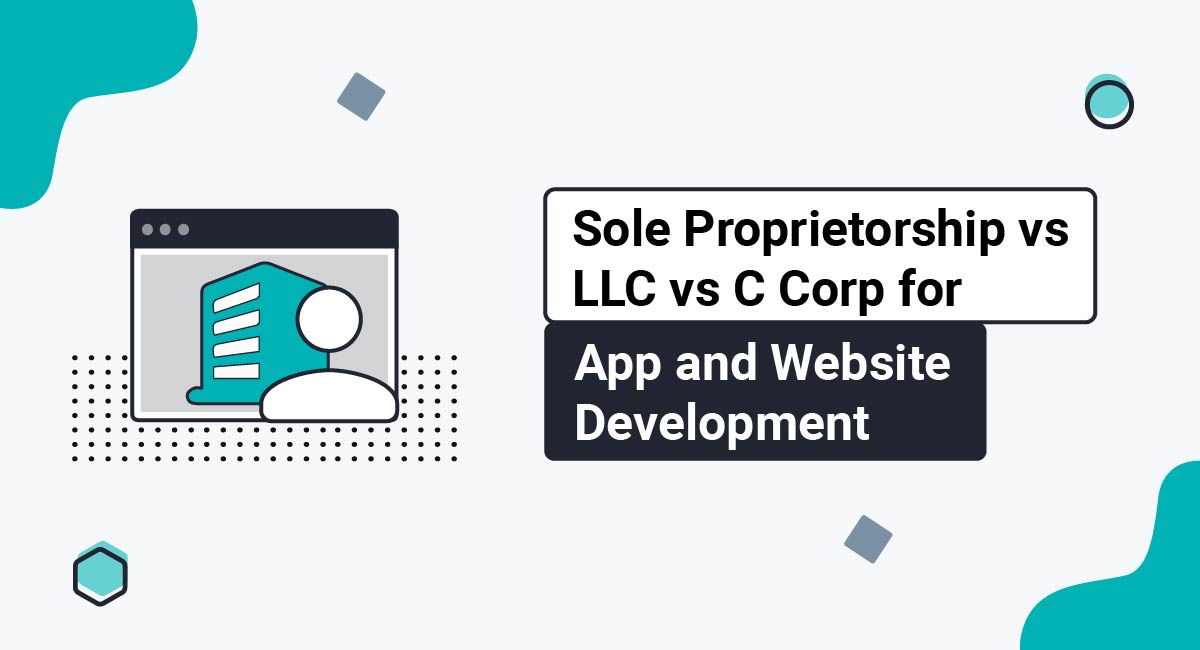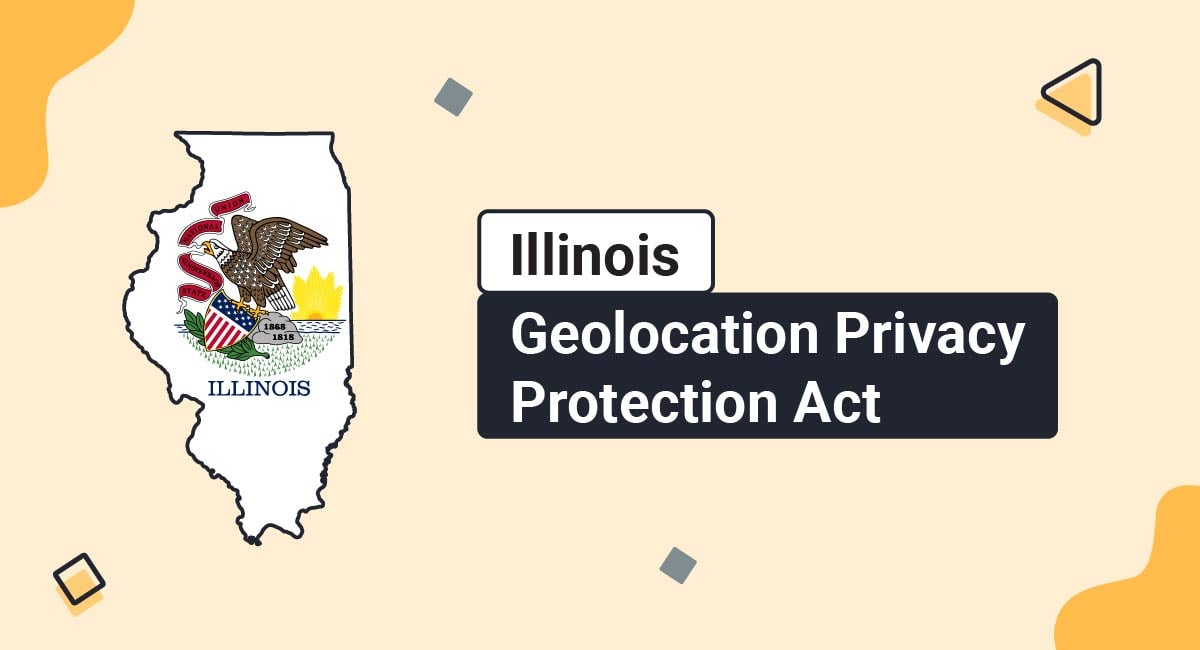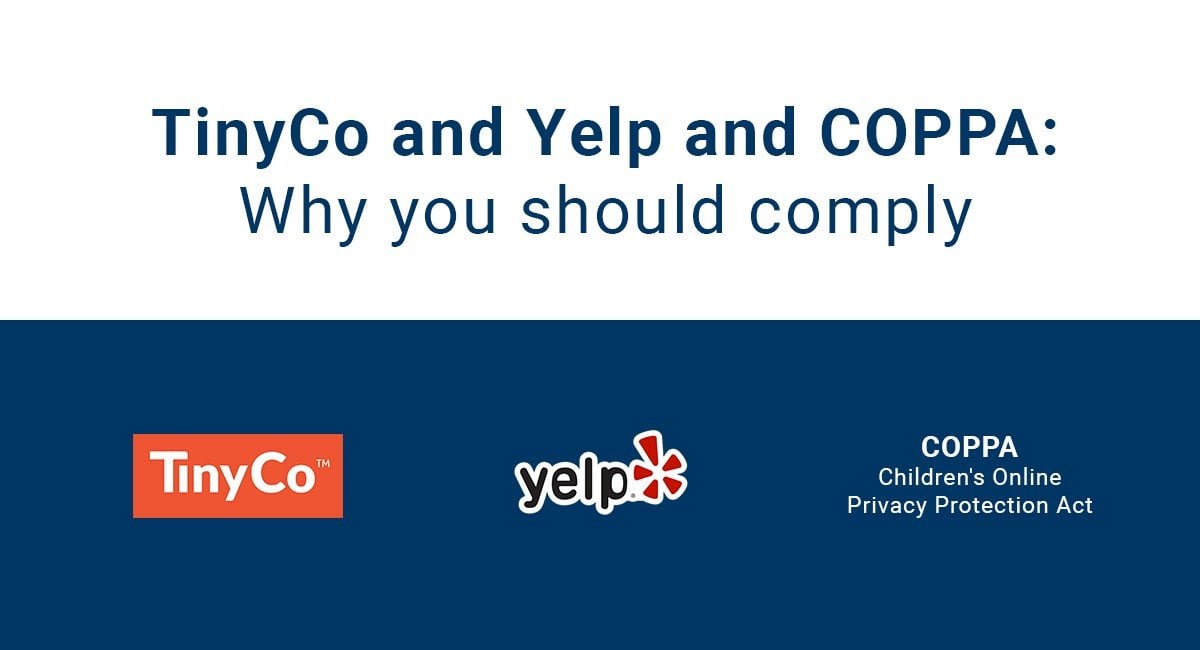Businesses that use short codes to engage in Short Message Service (SMS)-based communication with Canadian residents should be aware of the Canadian Telecommunications Association's (CTA) requirements.
This article explains what the CTA is, what it requires, who it applies to, and how to comply with its requirements.
- 1. What is the CTA?
- 2. What is a Short Code?
- 3. What Does the CTA Require?
- 4. Who Must Comply With the CTA's Requirements?
- 5. How to Comply With the CTA's Requirements
- 5.1. Submit an Application Form
- 5.2. Ensure the Short Code Conforms to the CSC Code of Conduct
- 5.3. Follow the Canadian Common Short Code Application Guidelines
- 5.3.1. Pay Monthly Lease Fees
- 5.3.2. Complete Testing Requirements
- 5.3.3. Follow Advertising Rules
- 5.3.4. Maintain Mandatory Keywords
- 5.3.5. Get Consent
- 5.4. Comply With CASL
- 5.4.1. Get Consent
- 5.4.2. Include Identification Information
- 5.4.3. Give Users a Way to Unsubscribe
- 6. Summary
What is the CTA?
The CTA, or Canadian Telecommunications Association, represents wireless service providers (WSP) and telecommunications companies in Canada. It conducts research, educates Canadians about telecommunication issues, and supports various telecommunications programs, including Canadian Common Short Codes.
The CTA is the Short Code Administrator in Canada. Anyone who wants to lease a short code to send or receive SMS messages must meet the CTA's requirements.
What is a Short Code?
A short code is a five or six-digit phone number that can send or receive text messages. Short codes are beneficial for organizations that send lots of messages at one time (think hundreds) or need to send time-sensitive notifications.
Businesses can use short codes to:
- Promote advertising materials
- Prove identity through two-factor authentication (2FA)
- Provide one-time passwords
- Send account alert notifications
- Send appointment or payment reminders
Consumers can text the short code to receive SMS notifications and information from a company.
SMS is a mobile device functionality that enables users to send short text messages to other users - typically around 160 characters in length.
Businesses and government agencies often send SMS updates to users who opt-in to receive informational texts. In Canada, users must give their permission before an entity can send them SMS messages.
What Does the CTA Require?
The CTA requires applicable organizations to meet the following requirements:
- Maintain a connection to carrier networks
- Submit an application form that contains information about the short code program
- Pay a non-refundable deposit of CAD 1,500 plus applicable taxes (the deposit pays for the first three months of the short code lease)
- Ensure that the short code adheres to the CTA's Common Short Code (CSC) Code of Conduct and the Canadian Common Short Code Application Guidelines
- Comply with Canada's Anti-Spam Legislation (CASL)
At least two separately owned carriers must agree to participate in the program.
The CTA's Common Short Codes website describes its short code application and leasing requirements:
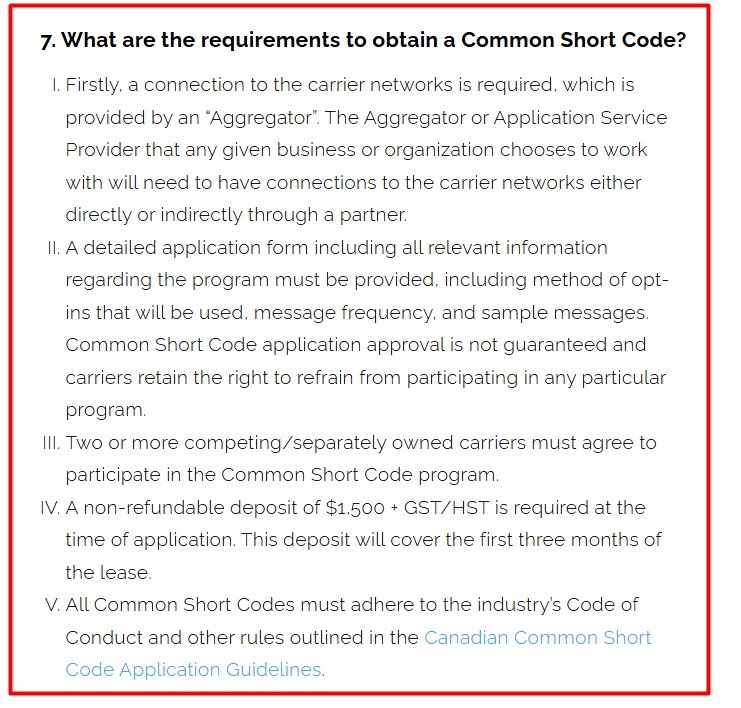
The requirements include numerous things including submitting an application form, paying a non-refundable deposit, and complying with applicable rules and CASL:
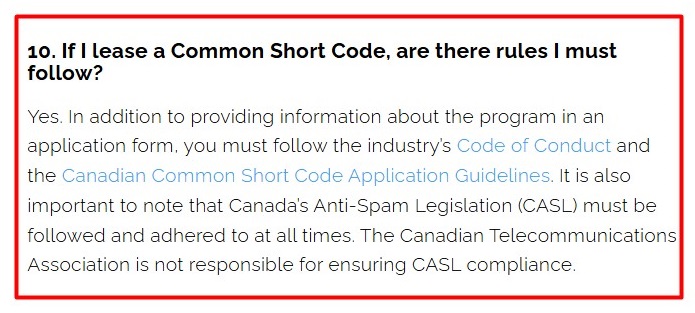
Who Must Comply With the CTA's Requirements?
Anyone who leases a short code from the CTA must comply with its requirements.
How to Comply With the CTA's Requirements
There are a few steps you should take to comply with the CTA's requirements, including completing an application, paying a deposit (if applicable), and abiding by the CSC Code of Conduct, the Canadian Common Short Code Application Guidelines, and CASL.
Let's take a deeper look at each of these requirements.
Submit an Application Form
Your application form should contain relevant information, such as the method you will use for opt-ins, SMS frequency, and examples of the messages you intend to send.
The CTA's Common Short Code Application Form requires users to submit detailed information about their requested short code, including information about the carriers they want to request for their program, the type of program they want to engage in as well as other relevant information such as a description of the program and intended audience:
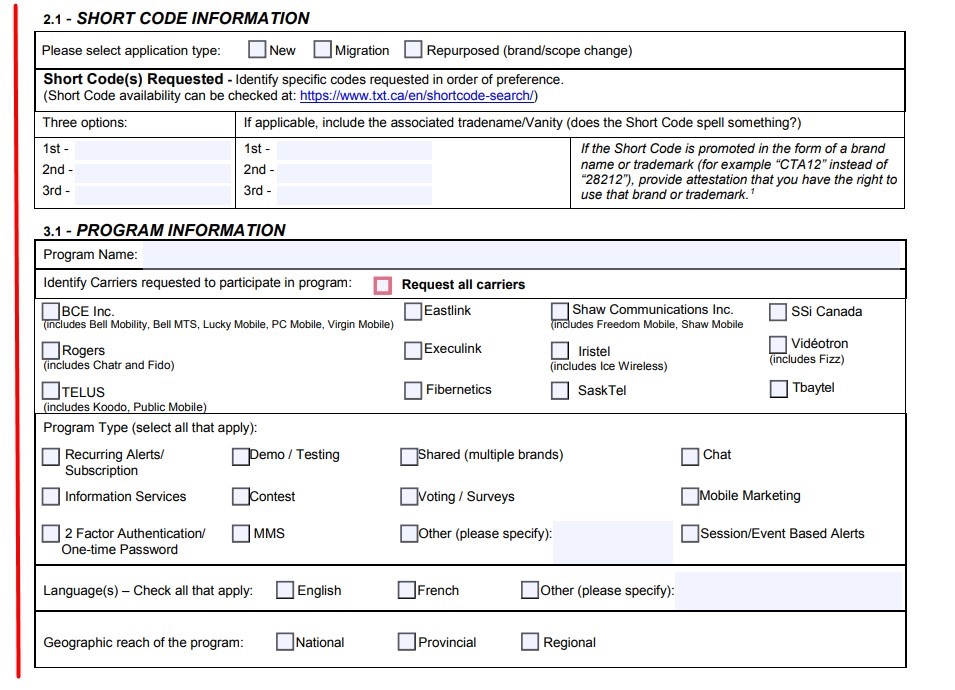
Depending on your organization type, you may need to pay a non-refundable deposit (plus any applicable taxes) when you submit your application.
Ensure the Short Code Conforms to the CSC Code of Conduct
Once you have leased a short code, you must make sure that it adheres to the CSC Code of Conduct.
The CSC Code of Conduct requires applicable organizations to:
- Ensure that users opt in to receive text messages.
- Provide an opt-out mechanism that enables consumers to opt out of receiving messages by texting "STOP" to the short code.
- Only use an approved short code.
- Get permission from the CTA before altering a short code.
- Use "commercially reasonable efforts" to promote the short code program.
- Refrain from assigning or reselling the short code.
- Explain how much it costs to send a text message to the short code each time the short code is publicly promoted.
- Provide customer support via an online support page, and/or email address, and/or toll-free phone number. Customer support must enable users to send texts saying "HELP" and "INFO" to the short code to get information about the program.
- Identify the short code in all messages sent to consumers.
- Explain the cost of any alternative contact methods they promote.
- Include the date and time the information is produced for information services applications (such as news, stocks, or events updates).
- Keep text messages under 320 characters (two SMS segments), unless they are administrative texts relating specifically to the five mandatory customer support keywords (HELP, AIDE, INFO, STOP, ARRET), in which case they must stay under 160 characters.
- Make sure the program is not misleading.
- If the organization uses a brand name or trademark for their short code (for example, "ABCDE" instead of 22233) they must guarantee that they have the right to use the brand name or trademark.
- Ensure that consumers are of legal age before sending them texts or allowing them to participate in programs involving alcohol, tobacco, or adult content.
If you don't abide by the CSC Code of Conduct, the CTA can revoke your short code.
The CSC Code of Conduct explains the rules organizations should follow when using short codes, including giving consumers a way to opt out of their programs and providing customer support options through the use of mandatory keywords such as "STOP" or "INFO."
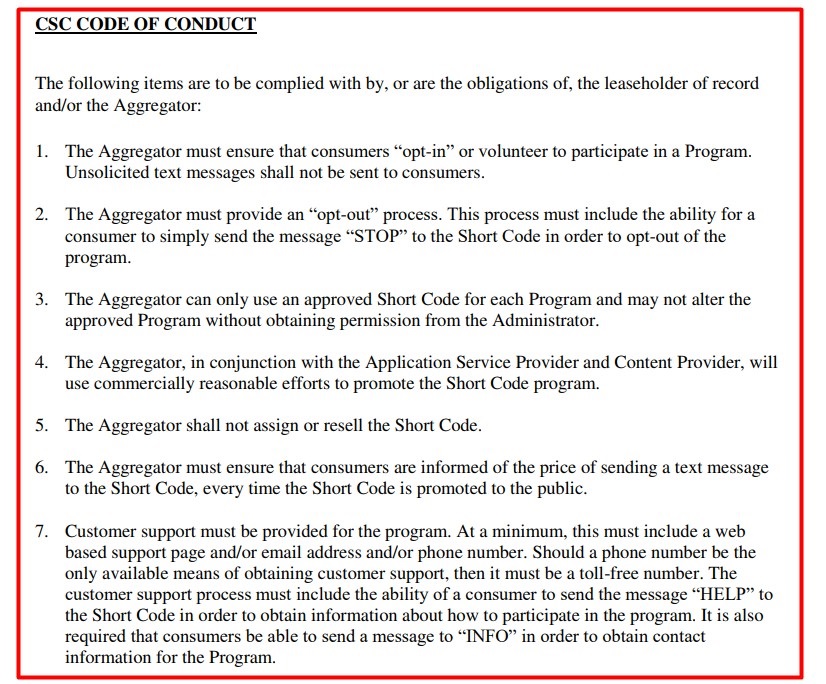
When users send help requests to Acosta, it responds with a customer support email address and rate and message frequency information and lets users know that they can text "STOP" to cancel:
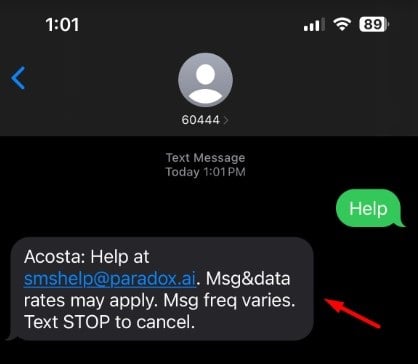
Follow the Canadian Common Short Code Application Guidelines
The CTA requires applicable organizations to adhere to the Canadian Common Short Code Application Guidelines.
Let's take a look at some of the Canadian Common Short Code Application Guidelines and what they require.
Pay Monthly Lease Fees
Lease fee amounts vary based on the organization and program types.
For programs promoted as a contest or where the content is part of a contest, the initial lease deposit is CAD 3,000 plus applicable taxes. After the first three months, the lease fee is CAD 700 per month.
Not-for-profit organizations (NPO) or Registered Charities do not have to pay a deposit and are charged a monthly lease fee of CAD 250.
For all other organizations and programs, the initial non-refundable deposit is CAD 1,500 plus taxes, and the monthly short code lease fee of CAD 350 is due at the beginning of the fourth month of the lease term.
Complete Testing Requirements
The CTA requires anyone who wants to lease a short code to submit a Pre-Launch Testing document within ten days of their short code launch date.
The document should disclose opt-in keywords and calls-to-action. The CTA will test the five mandatory keywords to ensure they work, and let you know if there are any other compliance issues that need to be fixed before the launch.
If the issues are not fixed before the launch, the CTA will notify the Standards Council of Canada (SCC) and you may have to pay penalties.
The CTA also conducts compliance testing throughout the 12-month short code lease period to ensure the programs comply with the CSC Code of Conduct and Canadian Common Short Code Application Guidelines.
If major issues are found, you may have to wait a certain period of time before revising and submitting a new short code application.
In severe cases, the lease will be revoked, the short code will be deactivated, and you may be required to pay penalties. You may also be banned from leasing future short codes.
Follow Advertising Rules
Organizations must clearly define advertising as such and inform consumers of the price of sending a text message to or receiving a text message from the short code.
Other advertising rules include:
- Prohibition of using a countdown clock or other mechanisms to convey a sense of urgency in online ads
- Calls-to-action for Premium SMS Subscription Services cannot use pre-checked checkboxes to get consent to Terms and Conditions agreements
- If a product is offered for free via an SMS service, consumers should not be made to cycle through paid offers before they can access the free content
Maintain Mandatory Keywords
All short code programs must support the following mandatory keywords:
- STOP. Messages responding to "STOP" must immediately opt consumers out of the short code program.
- ARRET. Messages responding to "ARRET" must immediately opt consumers out of the short code program.
- HELP. Messages responding to "HELP" must contain customer service contact, cost and message frequency information, and opt-out information, as well as the identity of the program sponsor and a short description of the program.
- AIDE. Messages responding to "AIDE" must contain the same information as messages responding to "HELP", but in French.
- INFO. Messages responding to "INFO" must be bilingual and contain information about the organization sending the message and customer service contact information.
Keywords must be written in all capital letters, but cannot be case-sensitive. They must be available in both English and French, meaning that an English-only program needs to be able to respond to "ARRET" and "AIDE."
Get Consent
You must get consent before sending SMS and Multimedia Messaging Service (MMS) texts to consumers.
There are a few ways consumers can opt-in, including:
- Sending a text
- Signing up via a Wireless Application Protocol (WAP) interface
- Signing up online
- Signing up by providing their phone number
- Signing up by speaking to a call center representative
Opt-in messages must be free of charge, and you must maintain opt-in records.
Consumers can opt-out at any time, and you must immediately stop sending messages to any consumer who submits an opt-out request.
The Canadian Common Short Code Application Guidelines explains that Content Providers (those who offer services to consumers via a Common Short Code) must get consumer consent before sending them SMS messages:
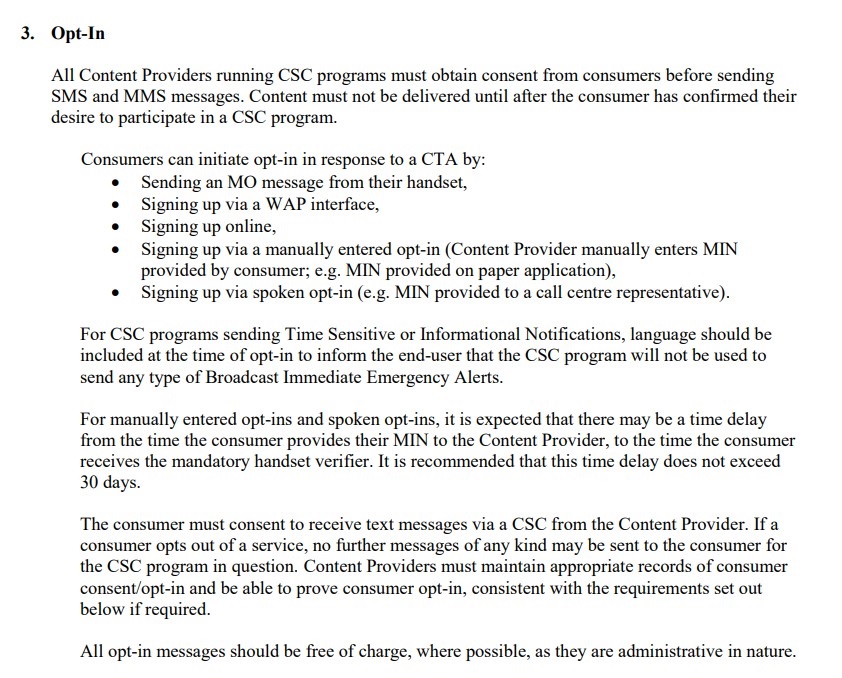
Comply With CASL
The CTA requires anyone who leases short codes to comply with CASL.
CASL applies to anyone who sends "commercial electronic messages" (CEM) to electronic addresses, including:
- Entities that are based in Canada and send CEM
- Entities located outside of Canada that send CEM to Canadian residents
Commercial text messages count as CEM, as the cell phone numbers they are delivered to are considered electronic addresses.
Section 1 (2) of CASL defines a CEM as an electronic message that contains content that advertises or promotes certain products, opportunities, or individuals:
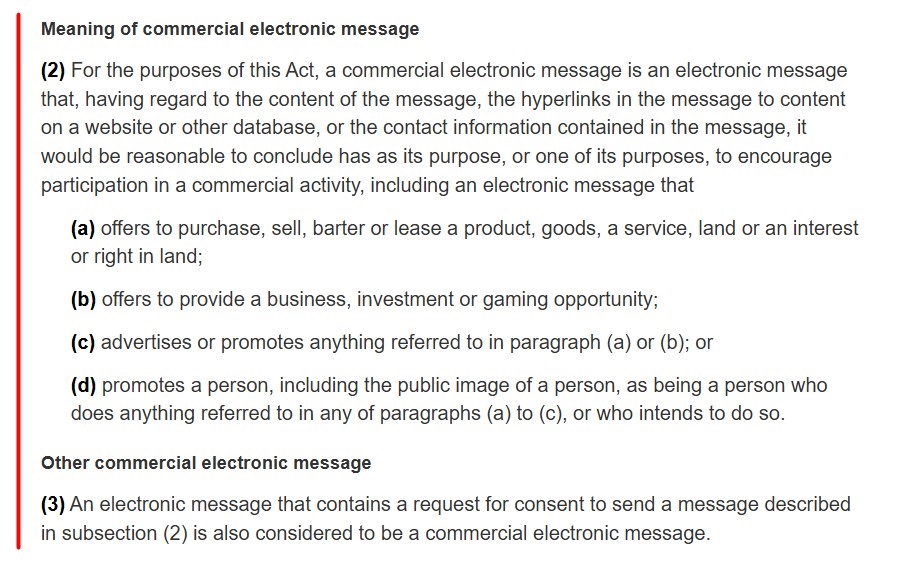
Section 1 of CASL explains that electronic addresses under the law include email, instant messaging, and telephone accounts:

If you send business-related SMS to Canadian residents, you must comply with CASL's consent, identification, and opt out requirements.
Let's take a look at how to comply with each of these requirements.
Get Consent
CASL requires you to obtain consumer consent before sending commercial SMS messages to Canadian residents.
CASL allows two types of consent: Express and implied.
Express or active consent is when a consumer takes a specific action to indicate that they agree to the terms provided. Express consent does not expire.
Implied consent is when you and a consumer have an existing business relationship.
An existing business relationship under CASL is one that meets either of the following criteria:
- You and the consumer have done business within the past two years, or
- The consumer has made a business inquiry within the past six months
Implied consent expires once the consumer no longer meets the criteria listed above.
Common ways businesses can obtain consumer consent to send SMS messages include:
- Requiring consumers to send a specific keyword to the short code
- Including a statement that says that by providing their mobile phone number users agree to accept text messages from the company
For example, users can text the keyword "APP" to Hughesnet's short code to receive a download link for its mobile app:
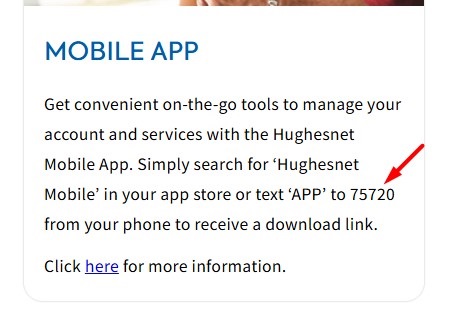
Here's an example of how when users tick a checkbox requesting to receive news and offers, a mobile number submission box pops up along with a statement that by signing up to receive texts they are agreeing to receive marketing messages:
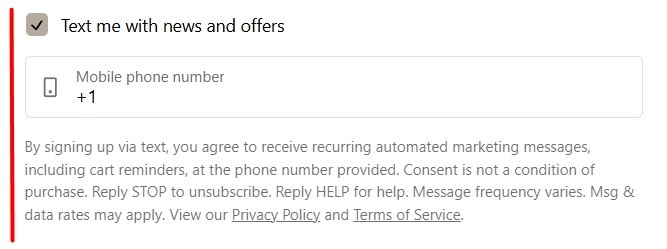
Under the law, consumers have the right to withdraw their consent to receive text messages from you at any time.
Include Identification Information
CASL requires those who send CEM to include identifying information within their messages, including who is sending the message and how the recipient can contact the sender.
Here's how Wendy's SMS message identifies the sender and includes its email address and phone number:
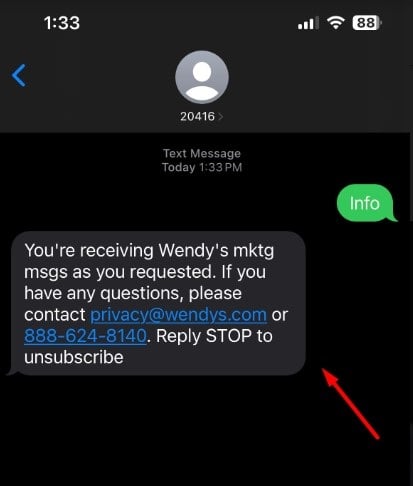
Give Users a Way to Unsubscribe
Your messages must contain a way for recipients to unsubscribe, such as mandatory keywords that enable users to opt-out by texting "STOP" to the short code.
Here's how Hughesnet lets users know that they can text "STOP" to opt out of receiving its SMS messages:
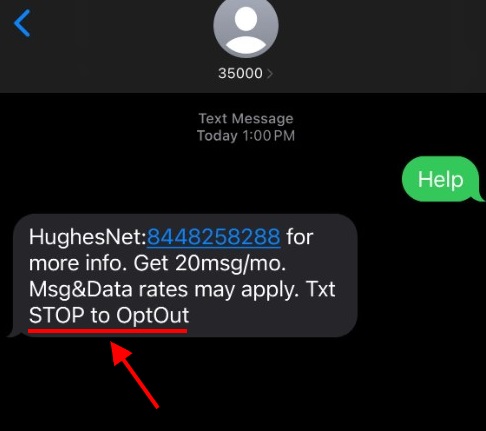
If you violate CASL, you may have to pay a financial penalty for each violation. The maximum penalty amount is CAD 1 million for individuals and CAD 10 million for businesses.
Summary
The CTA is an organization that represents WSPs and telecommunications companies in Canada. It serves as Canada's Short Code Administrator.
Anyone who leases a short code from the CTA must fulfill the following requirements:
- Connect to carrier networks
- Submit a detailed short code application form
- Pay a non-refundable deposit of CAD 1,500 plus taxes (if applicable)
- Ensure that the short code adheres to the CSC Code of Conduct and the Canadian Common Short Code Application Guidelines
- Comply with CASL
At least two separately owned carriers must agree to participate in the program.
If you don't comply with the CTA's requirements you may have your short code revoked, get charged financial penalties, or even be banned from applying for future short codes. You may also face hefty financial penalties for violating CASL.

Comprehensive compliance starts with a Privacy Policy.
Comply with the law with our agreements, policies, and consent banners. Everything is included.
